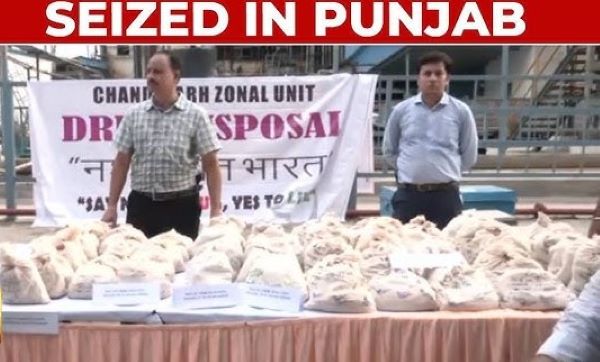 Punjab, historically one of India’s most prosperous states, is facing a mixed economic scenario in 2025. The state’s unemployment rate stands at around 5.9%, slightly below the national average of 6%, but youth unemployment remains alarmingly high, particularly in urban areas. This indicates limited employment opportunities for the educated younger population and points to structural constraints in industrial and service sector expansion.
Punjab, historically one of India’s most prosperous states, is facing a mixed economic scenario in 2025. The state’s unemployment rate stands at around 5.9%, slightly below the national average of 6%, but youth unemployment remains alarmingly high, particularly in urban areas. This indicates limited employment opportunities for the educated younger population and points to structural constraints in industrial and service sector expansion.
In terms of per capita income, Punjab continues to perform slightly above the national average, with ₹1,73,873 per person in 2023–24. However, its relative position among Indian states has declined over the decades, as states like Haryana, Gujarat, Karnataka, and Telangana have outpaced Punjab in both industrial growth and income levels. This slowdown reflects the state’s lag in diversifying beyond agriculture and developing a robust industrial and services base.
Agriculture, once the backbone of Punjab’s economy, has experienced slow growth, with an estimated increase of 1.3% in 2023–24. Over-reliance on paddy cultivation, limited crop diversification, and rising debt burdens on farmers—highlighted by the increasing per-farmer credit exposure through Kisan Credit Cards—have created vulnerabilities. While Punjab remains a major contributor to India’s food production, agriculture now accounts for only about 23% of the state’s GDP, down from over 50% during the Green Revolution era.
The industrial sector in Punjab has struggled to maintain momentum. Industrial growth is estimated at 3.1% in 2024–25, slightly above its decade-long average but lagging behind other Indian states. Many traditional industries have either closed or relocated due to high costs, outdated infrastructure, and better incentives offered elsewhere. As a result, industrialization has not provided sufficient employment opportunities to offset stagnation in agriculture.
Punjab invests substantially in education, allocating about ₹17,975 crore (12% of the state budget) in 2025–26. Efforts include expanding Industrial Training Institutes (ITIs) and introducing new vocational trades to improve employability. Despite high spending, challenges persist, including falling school enrolment, pressures on teacher–student ratios, and mismatches between higher education outputs and market demands. While literacy remains relatively high, translating educational attainment into productive employment remains a pressing issue.
In summary, Punjab today faces a complex set of challenges. While the state enjoys slightly higher per capita income and significant educational investments, slowing agricultural growth, limited industrialization, youth unemployment, and rising debt stress threaten its economic stability. To sustain prosperity, Punjab must focus on economic diversification, skill-based education, and creating meaningful employment opportunities beyond agriculture